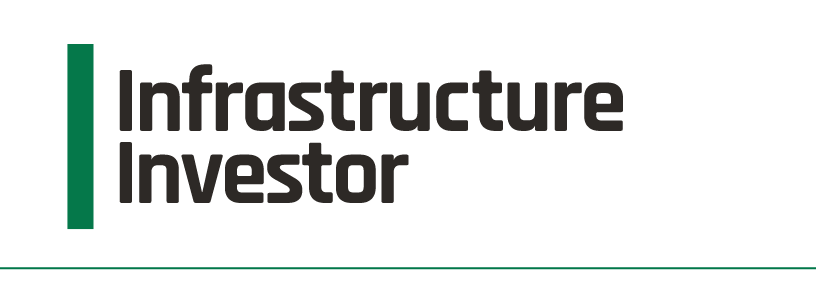The first quarter of 2011 was a weak period for infrastructure fundraising, with closes worth a total of just $2.2 billion. Only three final closes were recorded during the three months, together with 13 interim closes, according to the latest market survey from placement agent Probitas Partners.
The first quarter’s total is down 67 percent from the $6.7 billion funds raised in the first quarter of 2010, when several large infrastructure fund managers, including Alinda, First Reserve and Energy Capital Partners held closes on their funds, Probitas’ fundraising data previously showed.
“What really drives the quarterly fundraising totals is big closes by funds,” said Kelly DePonte, a partner at Probitas in San Francisco. During the first quarter of 2011, “there really weren’t any”, he added, pointing out there wasn’t any close larger than EISER Infrastructure Partners’ €277 million first close for their second fund. The fund, which follows a €1.1 billion debut vehicle, is aiming to achieve a final closing of around €1 billion.
Fees could be slowing down fundraising because there has been calculated resistance from the limited partner (LP) community to pay private-equity like fees on core infrastructure funds investing in brownfield, or existing assets.
“There are a lot of LPs that ware really upset about the level of fees that infrastructure funds are trying to charge, so there’s really heavy pushback,” DePonte said, adding that there is less resistance to opportunistic funds charging higher fees in exchange for providing more value-add strategies such as building up and improving the assets they buy.
A survey of several LPs in the April 2011 issue of Infrastructure Investor drew out some highly sceptical views of infrastructure funds. “We continue to see offerings that seem misaligned to us – particularly in the ‘core’ space,” said Dr. Christoph Kuenzle, vice president at Switzerland’s SCM Strategic Capital Management. “In our view, you simply cannot charge private equity-like fees and carry with bond-like return expectations. No wonder many of those funds seem to be struggling in fundraising.”
Overall, despite the tailing off in the first quarter of this year, 2010 has raised hopes of a fundraising revival with a total of $19.0 billion raised compared with the $10.7 billion post-Crisis slump recorded in 2009. The latest figures may elicit fears that last year’s revival was a false dawn.
However, it is possible that the pace of fundraising will pick-up later in the year. Probitas’ data points out that none of the larger $1 billion-plus funds in the market posted a close in the first quarter. Among the big fundraisers in the market this year is Global Infrastructure Partners, which is reportedly seeking around $5 billion to $6 billion. If any of these funds achieve closes, quarterly fundraising levels could pick up materially later in the year, DePonte said.
The amount of capital being sought continues to rise, according to Probitas’ data. At the end of last year, Probitas noted that 95 funds were seeking at least $75 billion. Today, it has identified 111 funds attempting to raise more than $85 billion. This has led to much speculation about the eventual need to either reshape or abandon fundraising efforts. In the first quarter, alternative assets giant The Blackstone Group began working on a spin out of its infrastructure operation after two years in the market had seen it fall well short of its $2 billion fundraising target. Senior managing directors Michael Dorrell and Trent Vichie will spearhead an independent effort that will build on the $400 million of third-party capital they’ve raised, Infrastructure Investor previously reported.
The Probitas data also found a strong bias towards developed markets in the first quarter, with 90 percent of funds raised being either North America-focused, Europe-focused or global with a heavy allocation to North America or Europe.
The data also found that funds investing in both brownfield and greenfield opportunities – but with a bias to brownfield – were most popular.
Cezary Podkul contributed reporting to this story.
Funds in market climbing as fundraising dips
First-quarter 2011 figures show a growing disparity between the increasing number of infrastructure funds in the market and a decline in the amount actually being raised. While more than $85bn of fresh capital is being sought, only just over $2bn was closed in the opening three months of the year.





